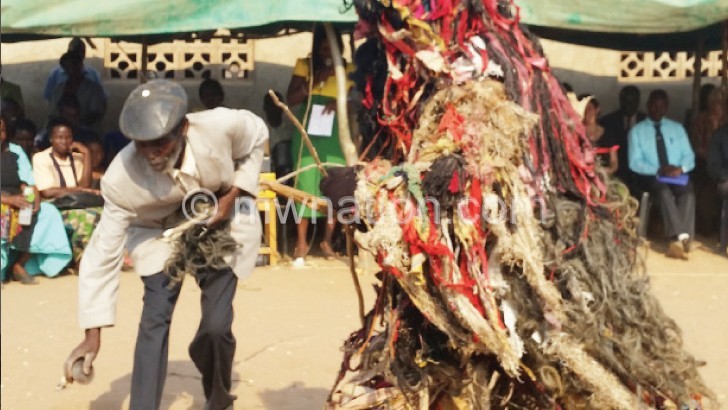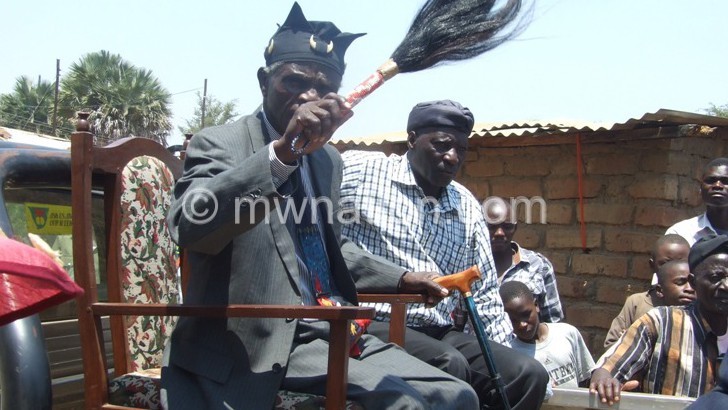The ballroom dance that is m’bwiza
The moon illuminates the shores of Lake Malawi. Farmers wear a smile in response to the god harvest and the fishermen had a good expedition—they caught large chambo and catfish.
A bonfire set alight on the sandy shore of Lake Malawi.
Women with chitenjes tied on their waists. The African drum suspended on the neck of one of the drummers throbs as another man plays an accordion.
One man produces a metal sound with the two hoes in his hands.
The men and the women dance to the music in pairs with the man’s hands locked on to the woman’s waist while the woman’s on the man’s neck.
As they reach a climax of the performance, she removes the chitenje and ties it to her partner—locking themselves in a racy dance. This is what is called m’bwiza.
Someone who has watched ballroom dance will see resemblance in the two dances. The pattern of the dance and the instruments that are used, have similarities.
Is it just coincidental that the dances are almost similar?
Ballroom dance is a set of partner dances, which are enjoyed both socially and competitively around the world, and growing all the more popular in North America, while m’bwiza is a syncretism dance from the southern tip of the shores of Malawi, such as Mangochi, Machinga and other Yao dominated areas.
Arts and culture enthusiast Bernard Kwilimbe argues that culture is dynamic and, as such, cultural expressions change due to interaction from within and without the country.
The culture aficionado lays down his theory of a hired hand which he confessed has not yet been researched on yet.
In his theory Kwilimbe believes the era of federation, when Malawians used to travel to Southern and Northern Rhodesia to work at European houses was the cradle of the dance.
“I believe I was the hired workers who upon seeing their masters perform the ballroom dance and play the accordion that they got inspiration of playing and dancing to the same music. But it was when they got the accordion to play it that the mother music dominated their song and dance,” said Kwilimbe.
He argues that the evidence that the m’bwiza dance is a syncretic dance that stems from the use of the accordion and the pairing pattern of the dancers.
“Indigenous Malawian dances do not involve touching of the dancers, and the use of the accordion is quite alien to Malawian dance,” he said.
Kwilimbe likened other dances that are believed to be in the same family as m’bwiza because of the elements therein.
“In Kasungu, there is chikwera and in Nkhotakota they call it dansi from dance,” he says.
More evidence is found from the name Rodger (in vernacular pronounced Loja because of allophonic problem) that are given to the accordion player.
He said the name comes from one of a popular accordion player Roll Rodger popular in the 19th century.
However, over the years, the dance has won the hearts of the people and it has found a spot to be categorised as one of Malawi’s traditional dances.





